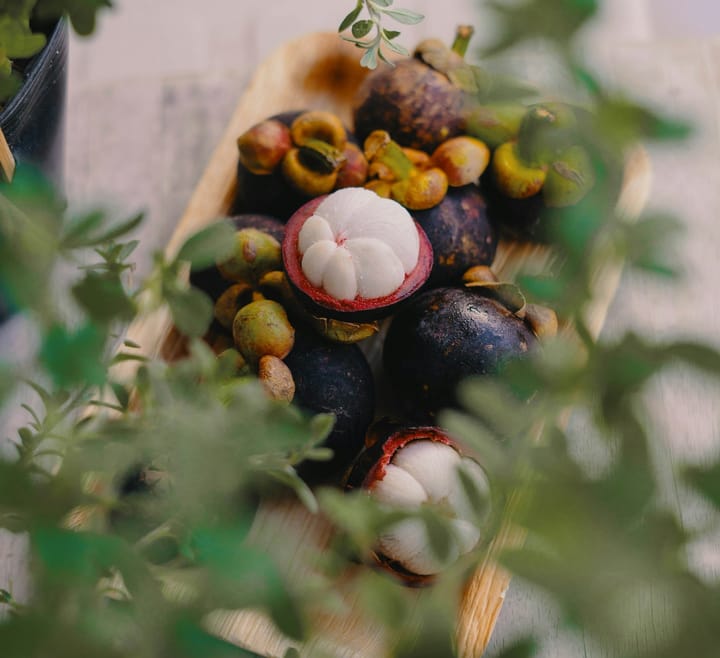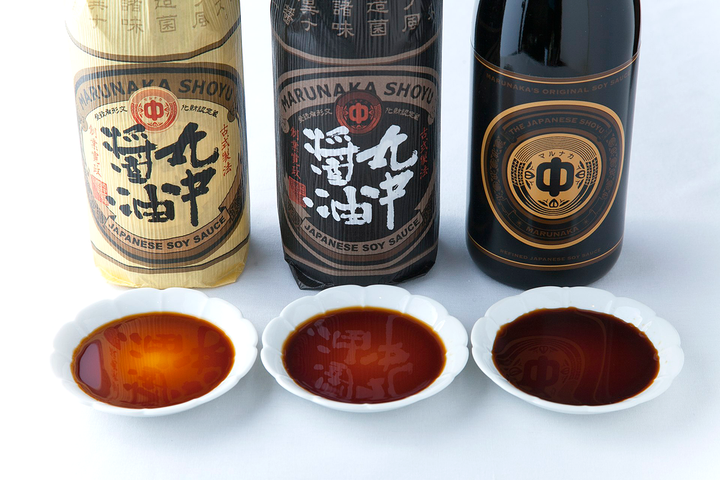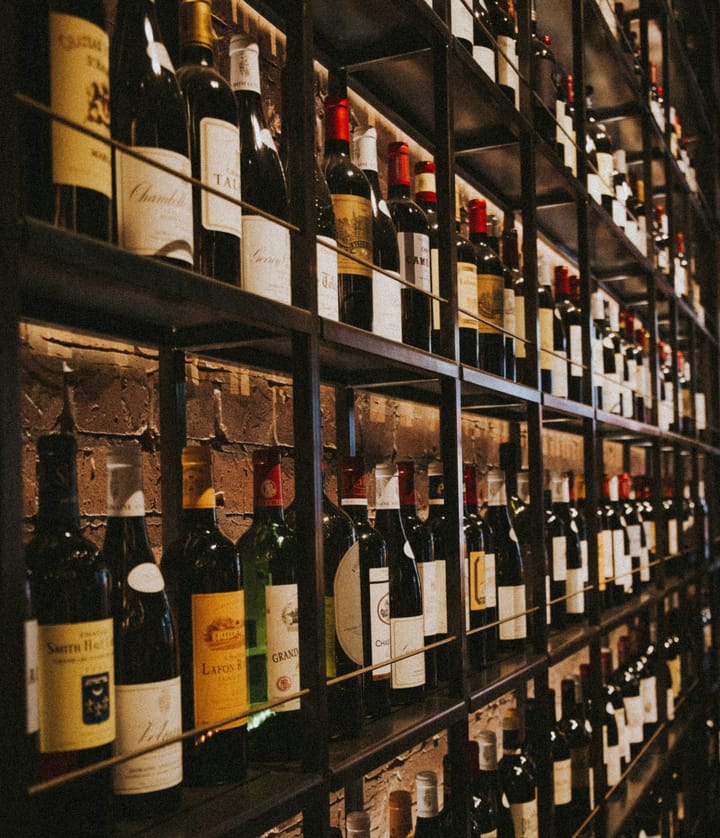Exploring Snail Farming in France
Renowned for its culinary traditions, France is the world’s largest consumer of snails, with 40,000 tonnes enjoyed annually as a protein-rich, low-fat delicacy, yet surprisingly, a significant portion of these snails are imported, highlighting the intriguing role of snail farming in the country.

France is renowned for its culinary traditions, and few dishes are as quintessentially French as escargots.
The French consume an astonishing 40,000 tonnes of snails annually, making them the world's biggest snail eaters.
Rich in protein, low in fat, and considered a delicacy by many, snails have a special place on French tables. However, the surprising truth is that a significant portion of these snails are not French at all.
The Great French Snail Import
Despite the image of French escargots being locally sourced, around 90-95% of the snails consumed in France are imported from other countries. Poland, Greece, and other European nations are among the largest suppliers.
These imported snails are often more affordable than their French counterparts, creating stiff competition for local snail farmers.
Yet, the labeling can be misleading; terms like "Burgundy-style snails" do not necessarily mean they are from Burgundy.
Instead, the packaging might indicate they are from the EU without specifying the origin. This has sparked debates in French media, with many questioning the authenticity of "French" escargots.
The Decline of French Snail Farms
The number of snail farms in France has dwindled over the years, with fewer than 300 farms currently in operation.
The decline is attributed to several factors, including cheaper imports and challenges related to pesticide use in French agriculture.
Yet, despite this decline, snails remain a symbol of French gastronomy, and efforts to preserve this tradition continue.
How Snail Farming Works
For those curious about how snails are farmed, the process is both fascinating and meticulous. Here’s an in-depth look:
Choosing the Right Snails
Not all snails are suitable for the dinner table. The most popular edible snails include:
- Cornu aspersum: Hardy and adaptable, these snails are globally cultivated for escargot, valued for their mild flavor and wide availability.
- Helix pomatia: The famous Burgundy snails, known as "Roman snails," they are a gourmet favorite in French cuisine, prized for their large size, tender meat, and rich taste.
- Helix lucorum: Native to the Mediterranean, these snails are larger and more flavorful, often used in European and Middle Eastern dishes.
Creating a Suitable Environment
Snails thrive in moist, humid conditions—a fortunate fact for those living in rainy regions like northern France.
A plastic greenhouse or polytunnel can provide an ideal home for snails, preventing them from wandering off.
Proper fencing is crucial to keep them contained. Experts recommend a density of about 20 snails per square inch to avoid overcrowding and stress, which can affect their growth and flavor.
Feeding and Foraging
Snails are natural foragers and enjoy a variety of leafy greens. Lettuce, cabbage, and watermelon are favorites.
Interestingly, their diet plays a crucial role in their taste.
Farmers often cultivate plants like dandelion, clover, and other leafy vegetables in the snail enclosures to encourage grazing.
Some even introduce specific herbs to impart subtle flavors to the snails’ meat.
Understanding the Snail Lifecycle
Snails are hermaphrodites, capable of playing both male and female roles in reproduction.
Their courtship rituals are as fascinating as they are lengthy. Using a "love dart," snails engage in a slow and deliberate dance that can last from 15 minutes to six hours.
Following this ritual, both partners lay eggs—up to 100 eggs per snail—which hatch within a few weeks under the right conditions.
Interestingly, snail eggs are not only a marvel of nature but are also a delicacy in the culinary world, known as snail caviar, prized for their subtle flavor and luxurious appeal
The Purging Process
Before snails are ready for consumption, they must be purged to remove grit and impurities from their systems.
This involves feeding them clean, easily digestible food, such as cornmeal or carrots, for several days.
The final step is a 48-hour fasting period to ensure their digestive systems are completely clear.
Harvesting and Preparation
Once purged, the snails are ready for harvesting. Preparing snails involves removing them from their shells, boiling or steaming them, and then cooking them with flavorful ingredients.
Garlic butter is the traditional choice, but wine-based sauces, cream, or chicken stock are also popular.
To serve, snails are either returned to their cleaned shells or presented in specialized snail dishes.
The History of Snails in French Cuisine
The French’s love for snails dates back centuries, with roots in Roman times. The Romans considered snails a delicacy and are believed to have introduced them to what is now France.
Over time, the practice of snail farming and preparation evolved, becoming an integral part of French gastronomy.
The iconic "escargots de Bourgogne" (Burgundy snails) prepared with garlic butter and parsley remain one of the most famous snail dishes in the world.
Snails Beyond the Plate: A Beauty Revolution
Snail slime has emerged as an unexpected star in the beauty industry. Rich in glycolic acid, elastin, and collagen, snail mucin is touted for its hydrating and skin-repairing properties.
Products like snail slime face creams, serums, and masks have become wildly popular, especially in South Korea and increasingly in Western markets.
French snail farmers have begun exploring this avenue, adding an innovative twist to the traditional snail trade.
Snails and Sustainability
One often overlooked benefit of snail farming is its environmental sustainability. Snails require minimal resources to raise compared to livestock, and their farming generates little waste.
As the global demand for sustainable food sources grows, snails are gaining recognition as an eco-friendly option.
Their ability to thrive in small spaces and adapt to various climates makes them a versatile choice for farmers worldwide.
Snail Festivals and French Culture
Snails are not just food in France; they’re a cultural icon. Festivals celebrating snails, such as the "Fête de l’Escargot" in Burgundy, attract visitors from all over the world.
These events often feature cooking demonstrations, tastings, and competitions, showcasing the versatility and culinary artistry surrounding escargots.


